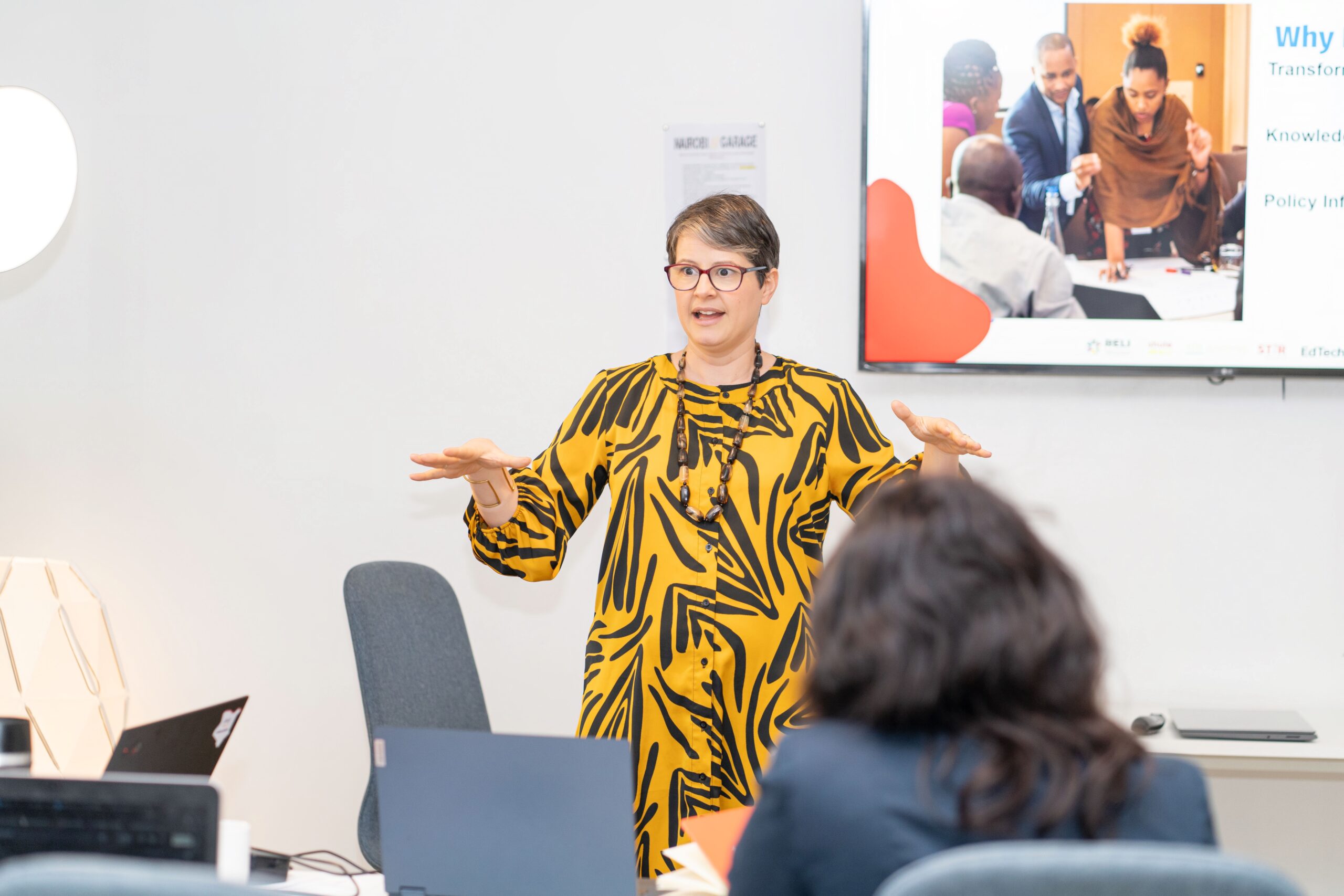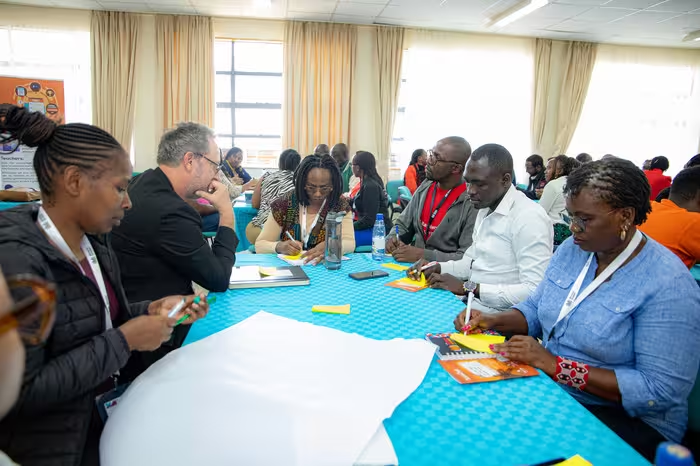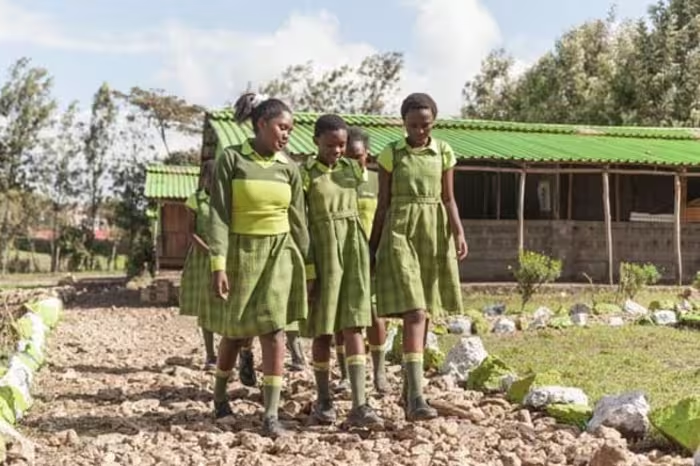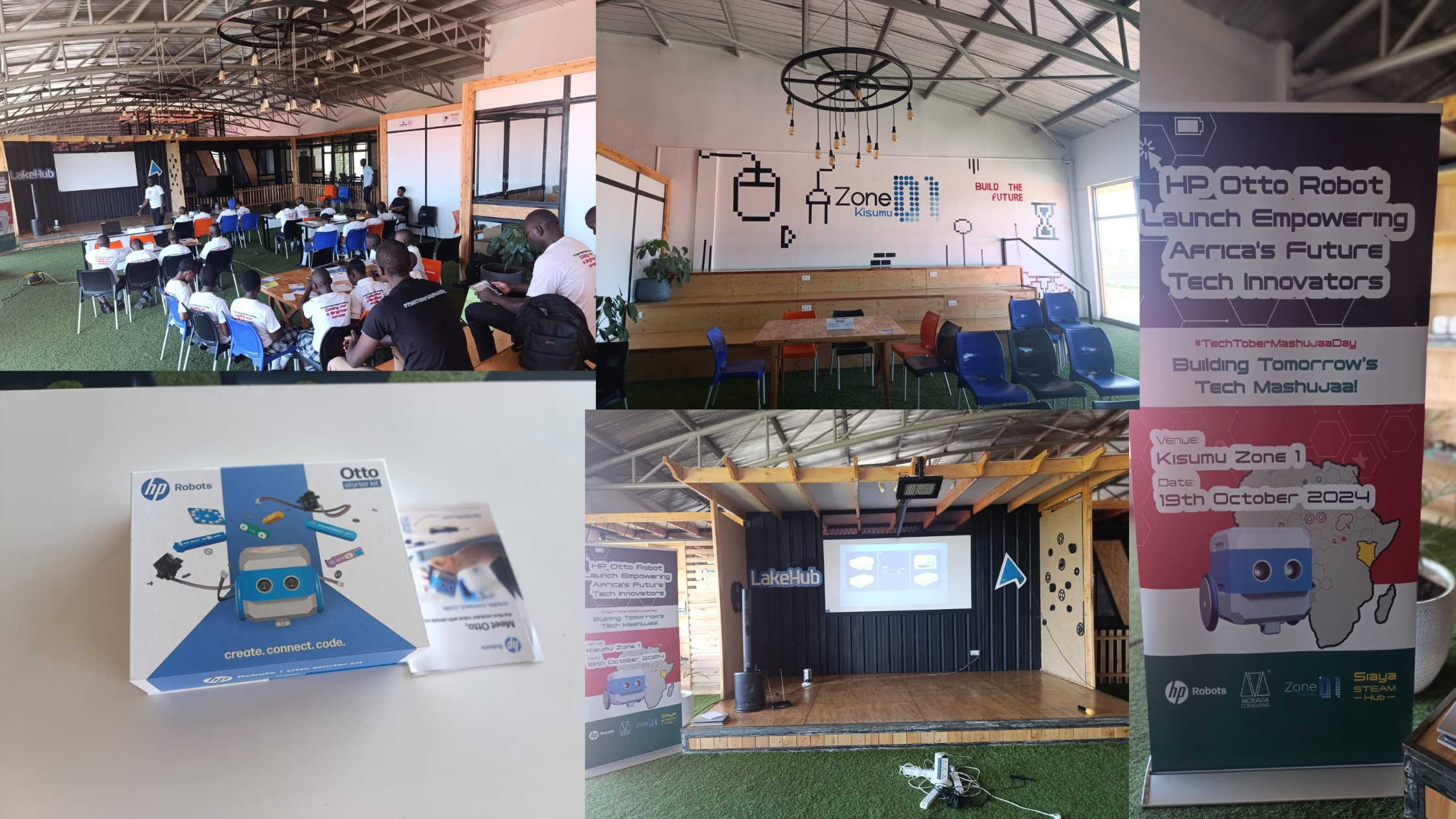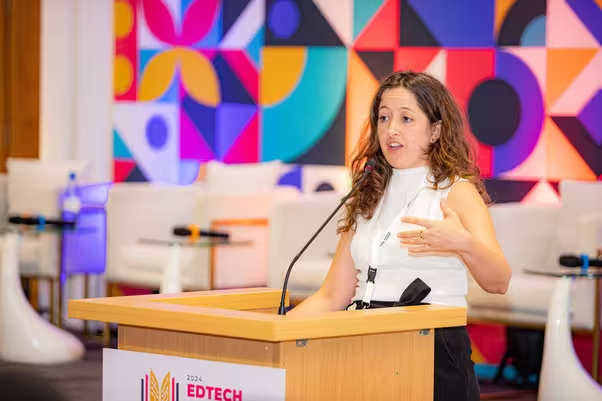Throughout our conversations, a profound question lingers in the quiet corners of our minds: How do we make learning great?
Is it the curriculum alone, meticulously designed and thoughtfully sequenced, that cultivates greatness? Or perhaps the magic lies in the educators, the torchbearers of wisdom who kindle the flames of curiosity through exceptional EdTech tools? It may be that “great learning” is not an output expected of our educators, but an outcome of engaged and motivated learners.
Still, for all the things “great learning” could be, what we do know is that learning is made great when everyone can and does participate. And right now, our learning is not great.

Despite the existence of policies designed to improve equality of access and opportunity, equitable access is still a dream. Where equality means treating everyone the same, “equity means recognizing that we do not all start from the same place and must acknowledge and make adjustments to imbalances.” It is the difference between giving everyone a seat at the table and acknowledging that some seats might be shorter than others or that the table itself is not accessible to everyone. As such, related to equity is the question of accessibility. If something is accessible, then it can be used, understood, and shared by everyone. Unfortunately, and to reiterate, education in Kenya is neither equal, equitable, nor accessible.
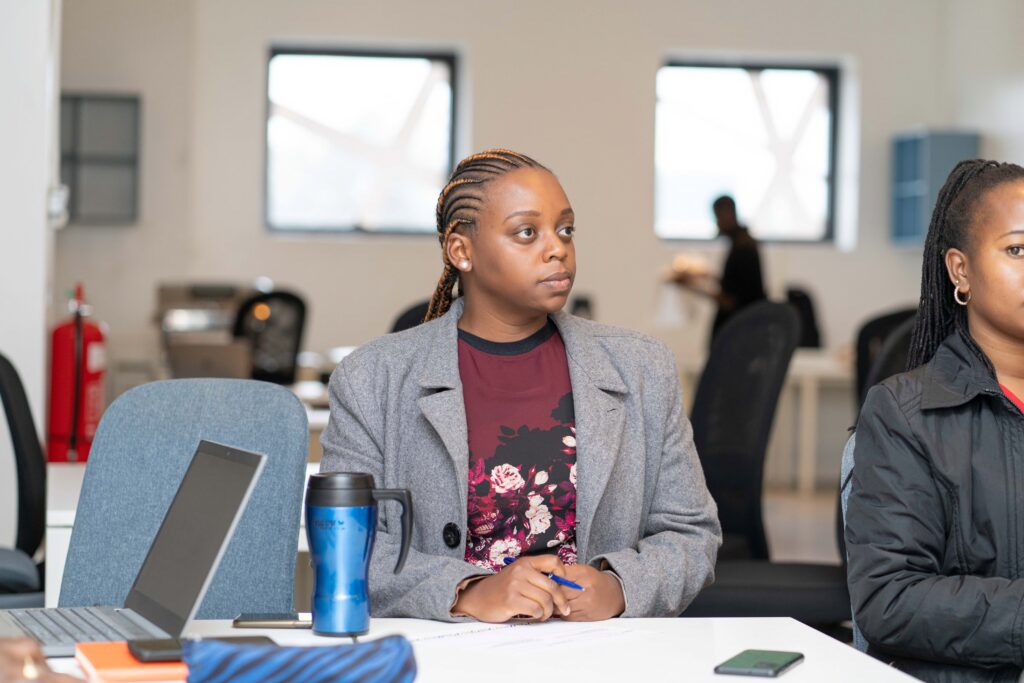
Unequal, Inequitable, Inaccessible.
Despite policies like free primary and secondary education, increased capitation grants, and the accommodation of special needs learners, education continues to be a privilege. You are more likely to receive an education if you are able-bodied and economically privileged. You are more likely to receive an education if you are male and live in an urban area. And you are more likely to receive an education if you live in a male-headed household. This is before we factor in the content of our curricula, which is often inaccessible, reflects colonial mindsets, and fails to account for the diversity of human experience. This is before we remember that our attempts to make our education more inclusive are often met with heavy resistance from stakeholders for practical and dogmatic reasons. And this is before we, critically for our purposes, consider the digital divide. As noted by the International Labour Organisation:
“Even as digitalisation generates opportunities to increase accessibility to education in Kenya, the digital divide has continued to grow larger for groups that have benefited least from the infrastructural development of information and communication technologies”
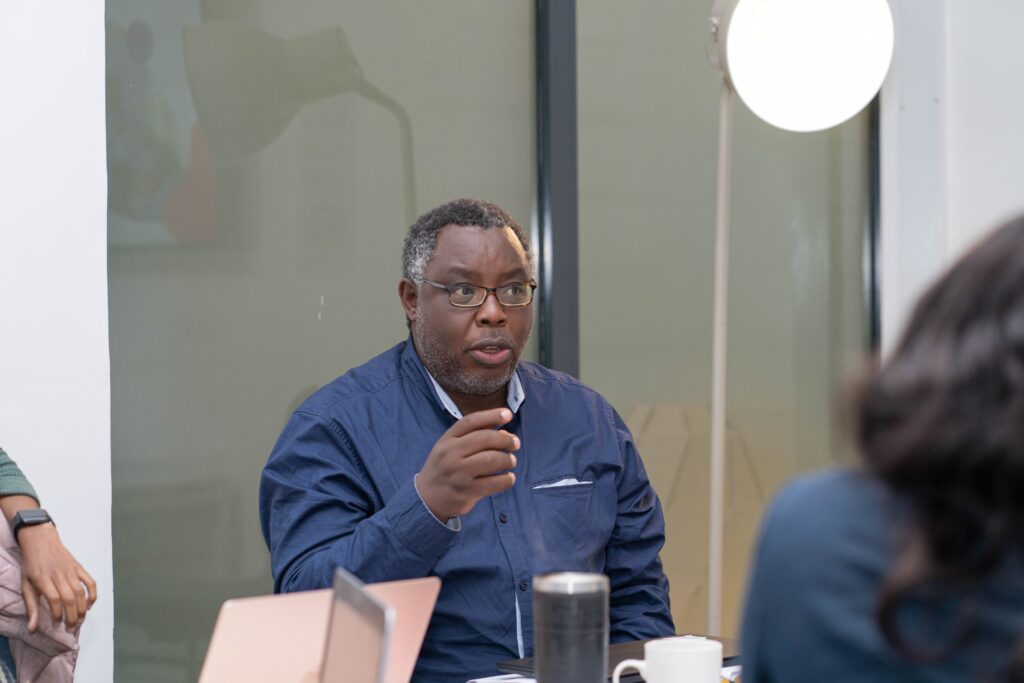
Thus, edTech, rather paradoxically, risks leaving people behind or, perhaps worse still, pushing those who were already behind, even further back. A great example of this is the state of digital education, as it applies to special needs learners in Kenya. Despite recognising the potential of, and the necessity for, digital education for special needs learners, very few to no resources have been availed to make this type of learning a practical reality. This was confirmed by a 2022 study on the implementation of Kenya’s Digital Literacy Programme in Special Needs Schools. This is before we get into the technology itself, which may be poorly designed, quickly assembled, and fail to reflect local contexts.
Therefore, as we work to improve the acquisition of foundational literacy and numeracy and ensure that our youth have the skills they need for the future, we must ask how the rising edTech tide can be used to lift all learners.
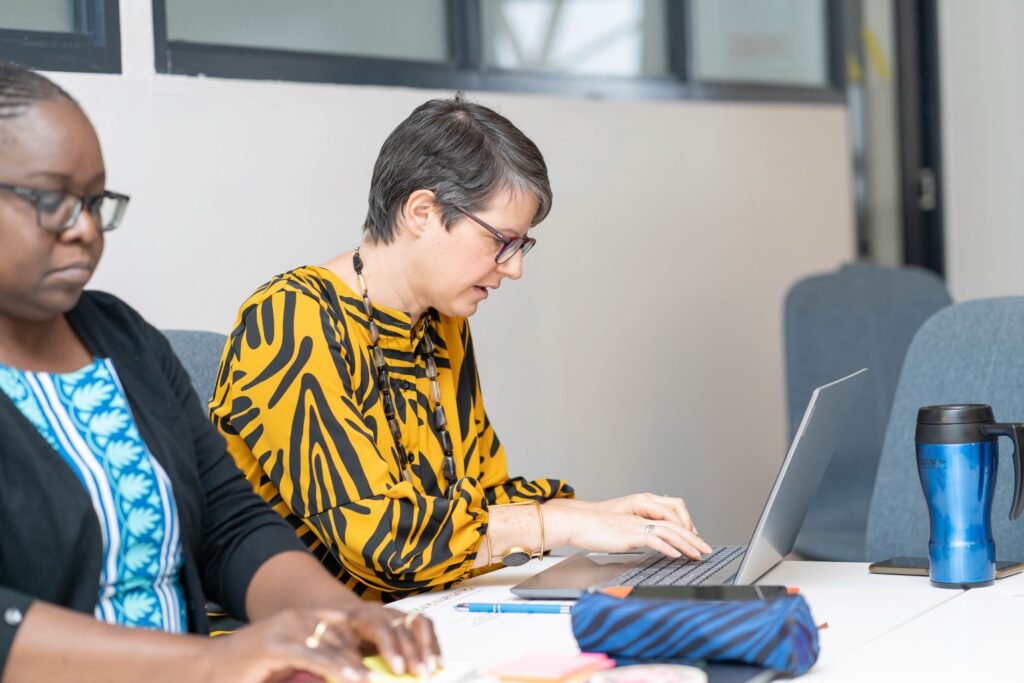
The Workshop
This was the question the third Collective Action Friday workshop addressed. Together with RELI (The Regional Education Learning Initiative in East Africa), we explored how we could develop educational technology that is inclusive, accessible, and responsive to the different needs of learners. And, as with the workshops that came before, we focused on establishing a shared understanding of the problem. As a result, this workshop doubled as a discussion of the elephant in the room: the limits of educational technology.
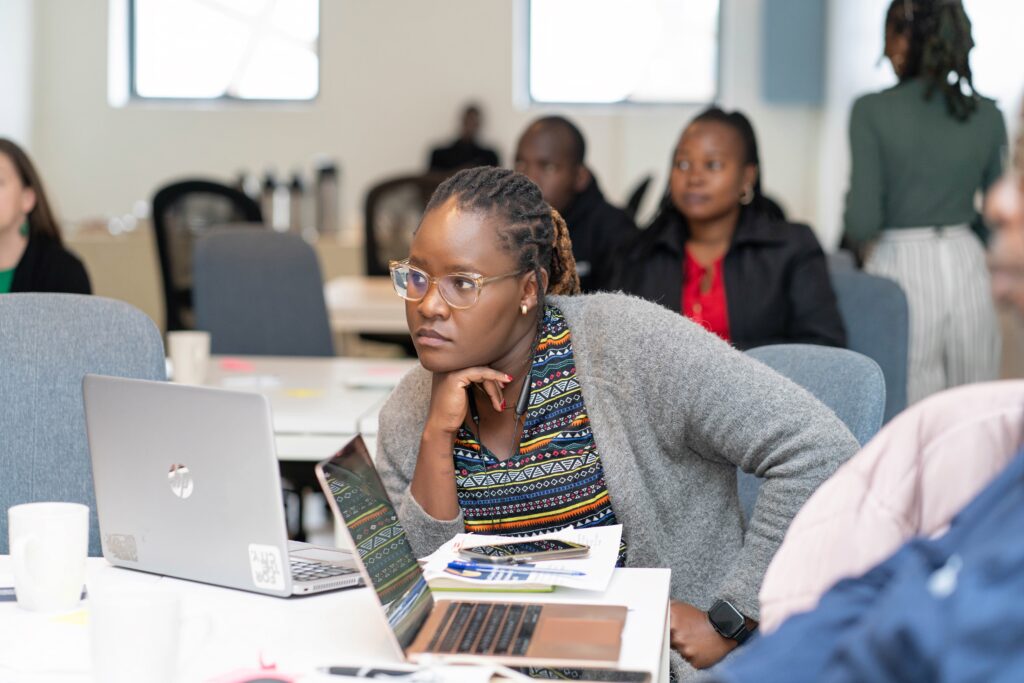
Unveiling the Barriers
As discussions unfolded, we candidly addressed the barriers that continue to hinder the realization of inclusive education through EdTech. Infrastructure inequalities, varying digital literacy levels, and economic disparities were identified as significant roadblocks. As were, inadequate funding and cultural norms. In fact, and on the point of funding, edTech in Africa is severely underfunded. According to Disrupt Africa’s 2022 African Tech Startups Funding Report, edTech startups received a mere $24.6 million in funding. Compare this to the $1.5 billion received by fintech, the $220 million for transport-based startups, or the $556.7 million for eCommerce. And on the point of cultural norms, a 2021 Working Paper on “Understanding Barriers to Girls’ Access and Use of EdTech in Kenya During Covid-19” affirmed the impact of gendered roles on the accessibility of edTech solutions. They found that “Girls may be discouraged from accessing or using computers due to social and cultural norms, and are instead expected to contribute more heavily than boys to household chores, care for family members, and family income.” Thus, EdTech solutions that fail to account for the nuances in achieving learning outcomes will merely exacerbate these barriers, rather than resolve them.
Ultimately, we soberly acknowledged that technology, while a potent catalyst, is not a panacea, and highlighted the necessity of multi-faceted solutions that encompass policy changes, teacher training, and community engagement.
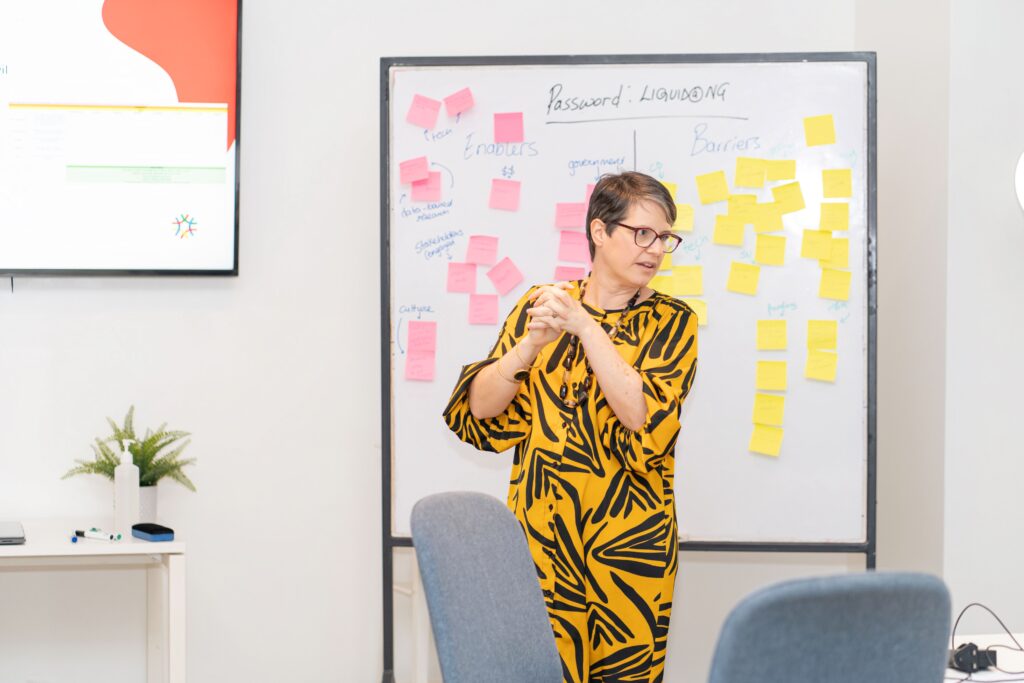
The Enablers of Change
Amidst the contemplation of challenges, the workshop illuminated the enablers that hold the potential to spark transformative change. Collaborative partnerships, where edTech companies, educational institutions, and governments unite forces, emerged as a crucial strategy. Additionally, the role of localized content creation and context-sensitive design was emphasized as a means to ensure that technology resonates with diverse learners. The workshop championed the notion that customization when wielded effectively, can amplify the impact of EdTech interventions. Another enabler was an equity framework presented by RELI’s Deborah Kimathi. Dubbed the EQUIP Framework, it called upon edTech pioneers, innovators, and designers to do four things to centralise equity in the design and use process. These are; (1) needs assessment and asset mapping to gauge the needs of your consumers; (2) application through an interactive tool that allows real-time feedback; (3) recommend minimum requirements that account for community needs; finally (4) explore mitigating strategies.
We then dissected and debated this framework; engaging in thought-provoking discussions that revealed the intricate nuances of what equity truly entails. While the conversation was marked by a diversity of viewpoints, a shared commitment to unraveling the complexities of equity bound participants together in a shared endeavour.
Conclusion
However, where, in previous workshops, we left with more answers than questions, in this workshop we left with more questions than answers. And that’s a great thing! Questions often tell you more than answers. The right questions will tell you where the gaps are in your knowledge and thinking. They will expose what you don’t know, you don’t know. Above all, the right questions will foster discussion and collaboration. So as we prepare for the Kenya EdTech Summit 2023, here are some questions to ponder:
- How do we balance scale and contextualisation (the local relevance and use)?
- Given that terms like “equitable”, “accessible”, and “underresourced” have specific connotations that refer to specific communities, how do you convince funders that you mean everyone? Not just a few?
- How do we design EdTech for everyone? Is it even possible?
- Where are the fracture points in the process of extending equity, inclusivity, and accessibility to education?
- Above all, how do we make learning great? And what does this mean?
See you at the EdTech Summit!
